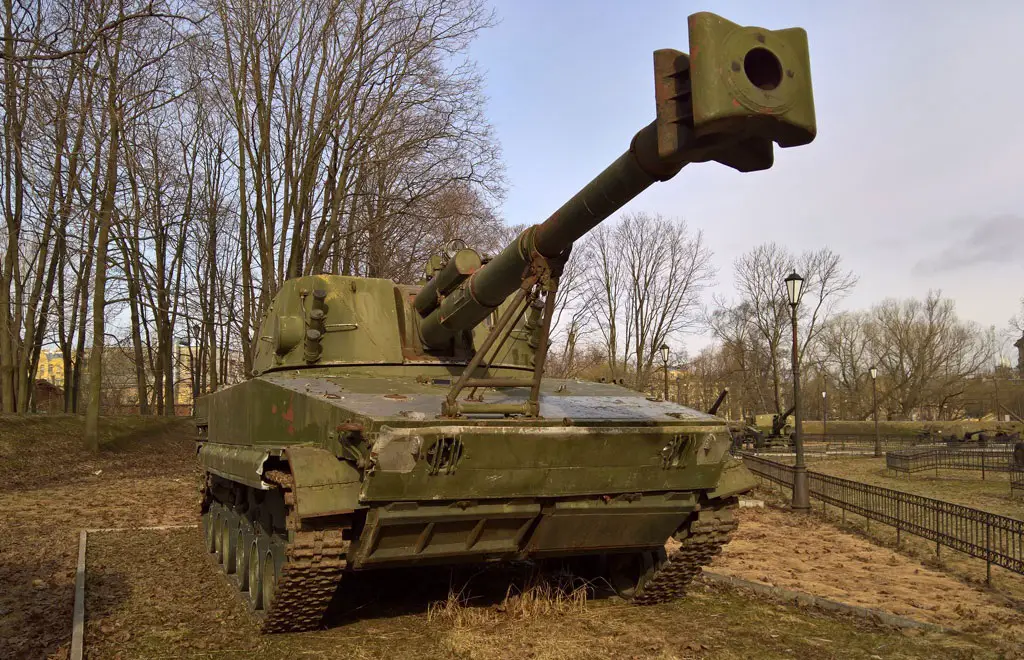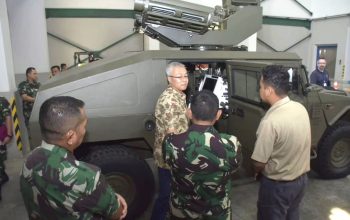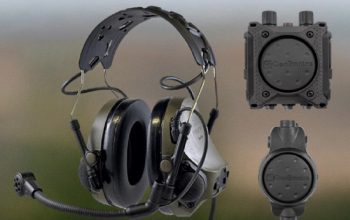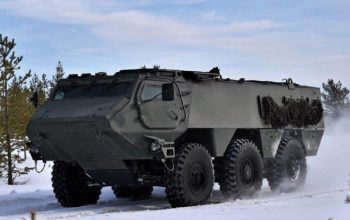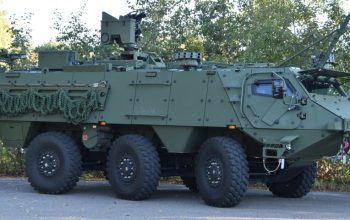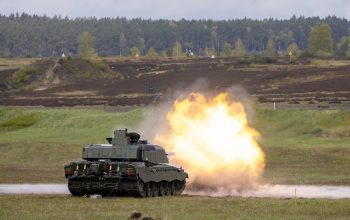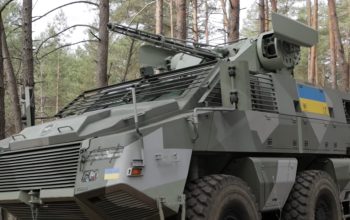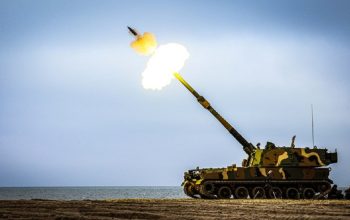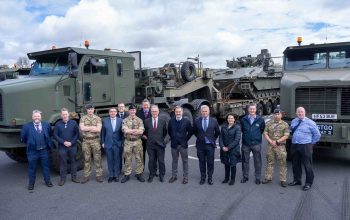Russia has announced plans to revive the 2S18 “Pat-S” amphibious 152-mm self-propelled howitzer into its armed forces, signaling a significant development in its military capabilities. Spearheaded by PJSC Kurganmashzavod (part of the holding of JSC NPO High-Precision Complexes of Rostec State Corporation), this project aims to bring back the 2S18 “Pat-S” with enhanced features, including the ability to autonomously cross water obstacles. This decision is not merely an exercise in nostalgia but a strategic move with several compelling reasons behind it. First and foremost, let’s delve into the historical context of the 2S18 “Pat-S.” Originally designed during the Soviet era, this self-propelled howitzer was built on the BMP-3 infantry fighting vehicle chassis, offering mobility and versatility on the battlefield. Its 152mm caliber provided a considerable firepower upgrade from the 122mm self-propelled howitzers that preceded it. However, due to geopolitical shifts and the NATO decision to standardize artillery calibers at 155mm, the 2S18 “Pat-S” project was shelved.
The 2S18 “Pat-S” was intended to be the successor to the 2S1 Gvosdika 122mm self-propelled howitzer. The 2S18 “Pat-S” offers a larger caliber compared to many existing self-propelled howitzers, providing a heavier punch on the battlefield. With advancements in technology, its ballistics can match or even surpass the performance of contemporary artillery systems. This added firepower can be a game-changer in modern conflicts. Furthermore, the decision to equip the 2S18 “Pat-S” with the capability to autonomously cross water obstacles is a strategic move. In contemporary warfare, amphibious capabilities are essential, especially in regions with extensive water networks. This feature ensures that Russian armed forces can swiftly respond to threats and deploy artillery support across various terrains, enhancing their operational flexibility.
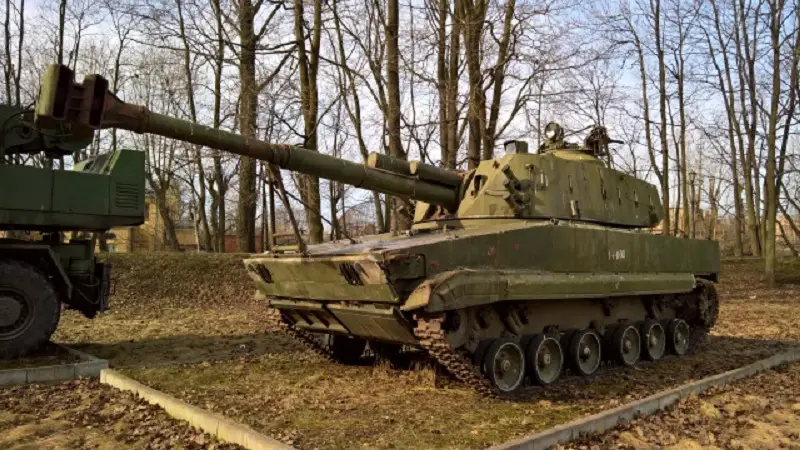
The Pat-S was essentially a self-propelled version of the 2A61 Pat-B lightweight 152mm towed howitzer. Methods of combat employment and maintenance are analagous to those of the 122-mm D-30A (2A18M) howitzer. The main armament was a 152mm gun, complemented by a 7.62mm machine gun. Although the barrel length remains unspecified, the howitzer had a shell weight of 43.56 kg and a maximum firing range of 15.2 km. It boasted a maximum rate of fire between 6 to 8 rounds per minute and had a 360-degree traverse range. Weighing between 18.7 and 18.8 tons, the Pat-S was designed for a five-person crew. It had a length of approximately 8.2 meters when the gun was forward and a hull length of 7.2 meters. The howitzer was powered by a UTD-29 diesel engine with 500 horsepower, allowing it to reach a maximum road speed of 70 km/h and an amphibious speed of up to 10 km/h. It had a range of 600 km and could handle a gradient of 60%, a side slope of 30%, and could cross trenches of up to 2.5 meters.
It is important to note that the historical prototype of the 2S18 “Pat-S” 152-mm self-propelled howitzer was just the beginning. Subsequent developments, such as the 2S31 Vena, have showcased Russia’s commitment to improving its artillery systems. The 2S31 Vena, a Russian amphibious self-propelled 120mm mortar system, is a prime example of how Russia adapts and evolves its military technology to meet the demands of modern warfare. Russia’s decision to revive the 2S18 “Pat-S” self-propelled howitzer is not simply a resurrection of a bygone era but a strategic move that aligns with the evolving nature of warfare. By upgrading and enhancing this artillery system, Russia is positioning itself for increased firepower and operational flexibility on the modern battlefield. As nations adapt to changing geopolitical landscapes, it is imperative for armed forces to have versatile and powerful tools at their disposal, and the 2S18 “Pat-S” is a step in the right direction for Russia’s military capabilities.


